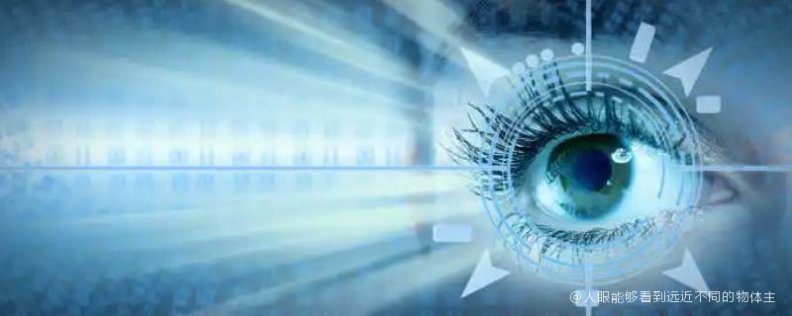人眼能够看到远近不同的物体主要是靠什么调节
人眼能够看到远近不同的物体主要是靠什么调节,请问人眼看远近不同的物体靠什么调节?
据和记百科网站「不俗即仙骨」消息,近日,人眼能够看到远近不同的物体主要是靠什么调节,请问人眼看远近不同的物体靠什么调节?引发热议,人眼看远近不同的物体靠什么调节同样引起许多争议,对此众网友各抒己见。但到底是怎么回事呢?和记百科为您解答。
人眼能够看到远近不同的物体主要是靠什么调节

人眼能够看到远近不同的物体主要是靠晶状体调节。对于正常人来说,不论较近或较远的物体,都能使物像落在视网膜上被看清,主要是因晶状体的曲度可以通过睫状体的收缩和舒张来调节。晶状体位于虹膜之后,玻璃体之前,其周缘部由晶状体悬器(睫状小带)系于周围的睫状体(眼球血管膜的增厚部分),以固定其位置。
晶状体的紧张度由什么调节:
晶状体悬器的紧张度受睫状肌的调节,晶状体悬器放松,被囊舒张,晶状体凸度增加,晶状体悬器和被囊紧张则晶状体凸度减小。老年人晶状体的弹性减退,因而对观看远近物体的调节力降低。晶状体浑浊,引起视力障碍,此时瞳孔内呈白色,称白内障。
人眼看远近不同的物体靠什么调节
调节是通过睫状肌的舒缩使晶状体屈光度改变而实现的,正常人看远时睫状肌松弛,悬韧带紧张,使晶状体屈光力减小(表面弯曲度减小),平行光线成焦于视网膜上,看近时物体发出的光线是分散的,在不调节的情况下,焦点位于视网膜之后,必须通过调节才能使焦点落在视网膜上,此时睫状肌适当收缩,悬韧带松弛,晶状体依靠自身的弹性变凸,屈光力增加,将分散光线聚焦于视网膜上。近视眼的人,眼的屈光力较大,远处平行光线聚焦于视网膜前,如果调节,焦点更加前移,影像更加模糊,所以看远时不需调节。近视眼看近是否需要调节需要了解近视度数和视物距离,如200度的近视,他的远点是50cm,,即50cm处的物体不需调节既能看清,50cm以外的物体不能看清,但不能通过调节解决(理由如上),如果要看清50cm以内的物体,如33cm处,他需要一个屈光度(1D)的调节。
【英文介绍/For English】:
The human eye can see objects at different distances mainly by means of the lens. For normal people, no matter nearer or farther objects, can make the object image fall on the retina to be seen clearly, mainly because the curvature of the lens can be adjusted by the contraction and relaxation of the ciliary body. The lens is located behind the iris and in front of the vitreous, and its peripheral edge is tied to the surrounding ciliary body (thickening of the vascular membrane of the eye) by a lens suspension (ciliary zonule) to fix its position.
What regulates the tension of the lens:
The tension of the lens suspension is regulated by the ciliary muscle, the lens suspension relaxes, the capsule relaxes, and the lens convexity increases. When the lens suspension and the tunicate are tense, the lens convexity decreases. The elasticity of the lens of the elderly decreases, and thus the ability to see near and far objects is reduced. The lens is cloudy, causing visual disturbances. At this time, the pupil is white, which is called cataract.
【相关文章】
★ 种植花椒的条件






